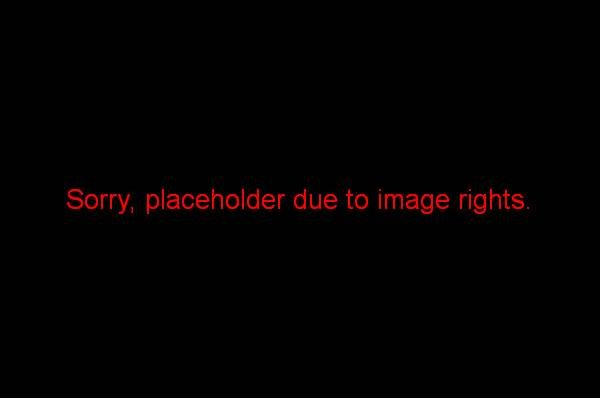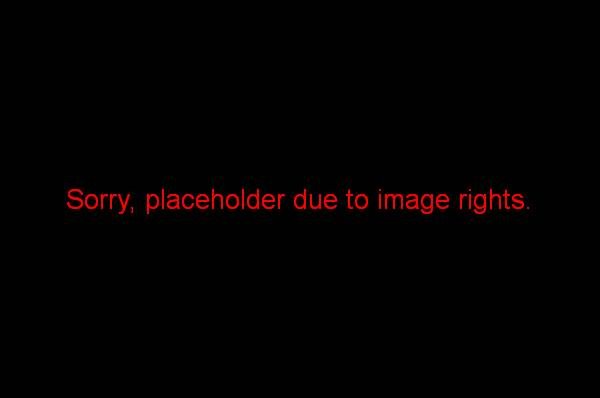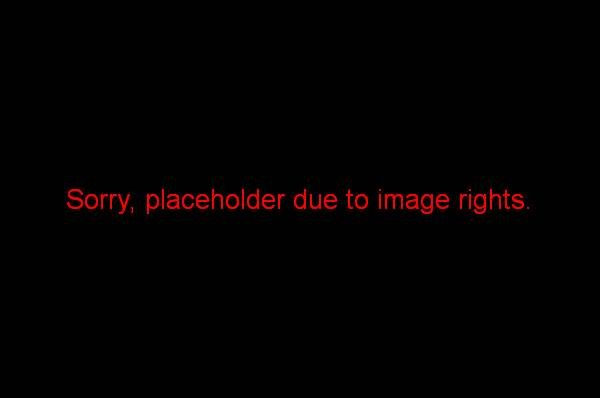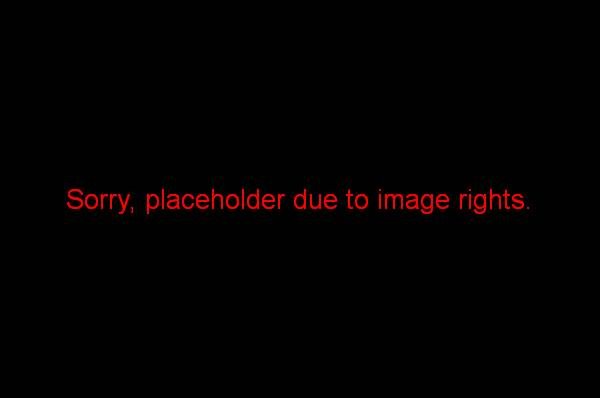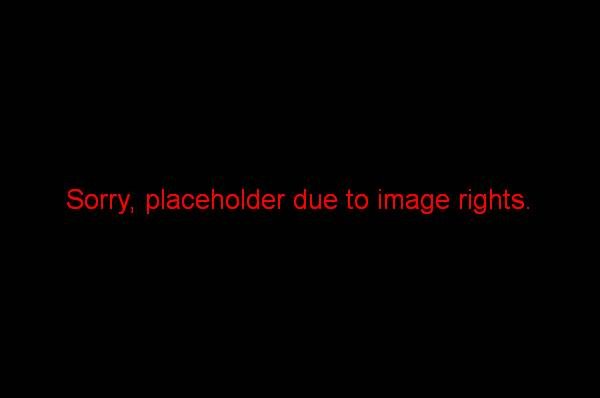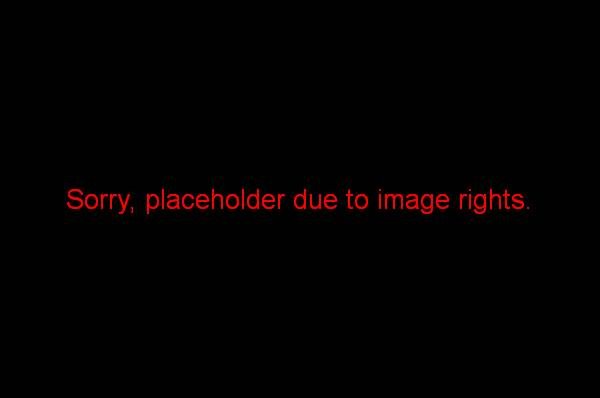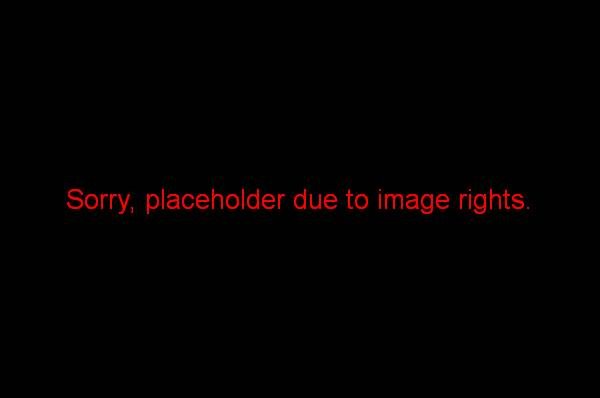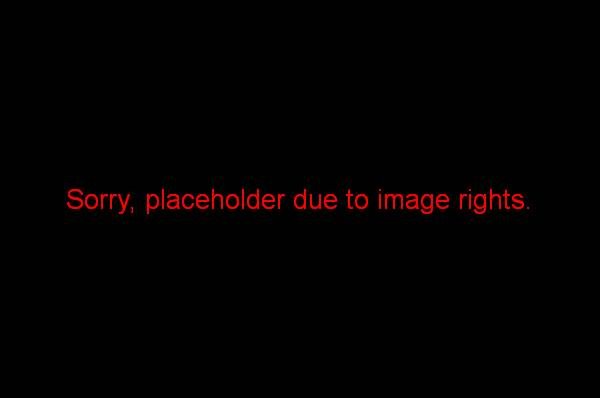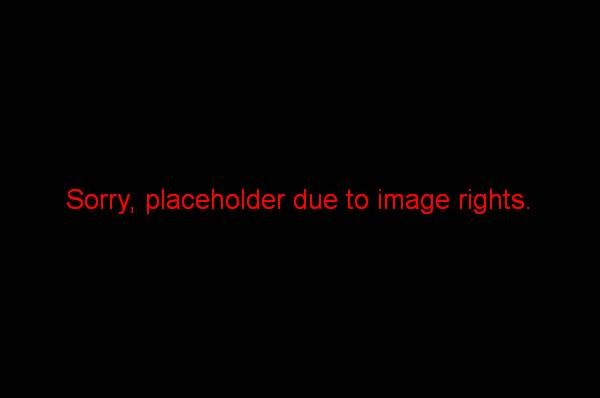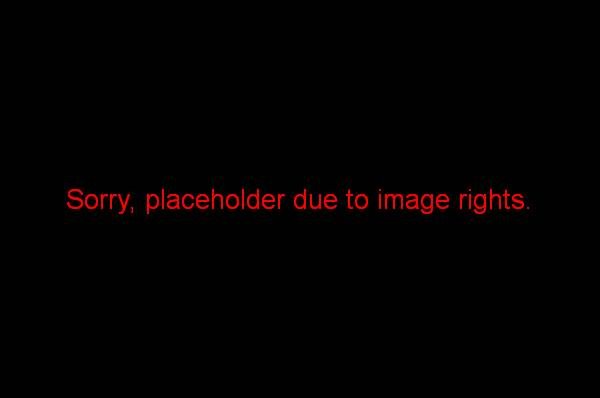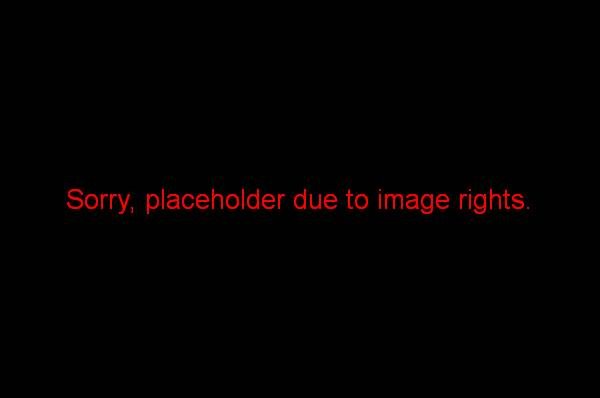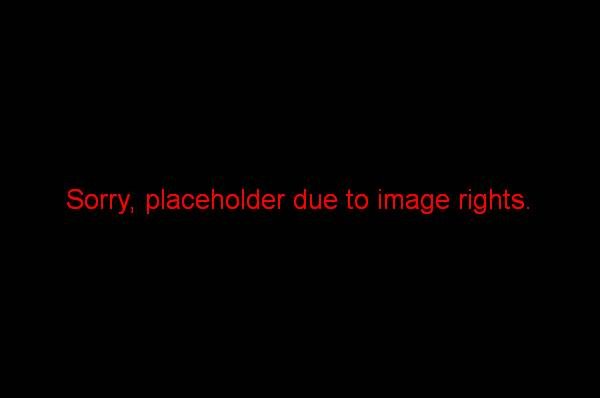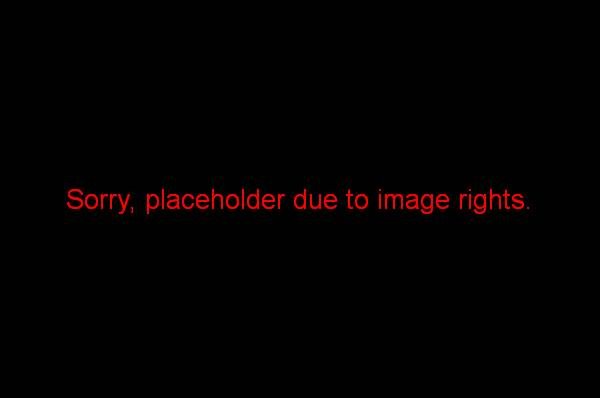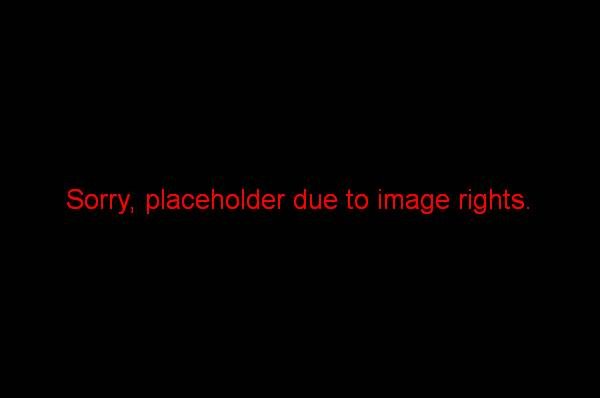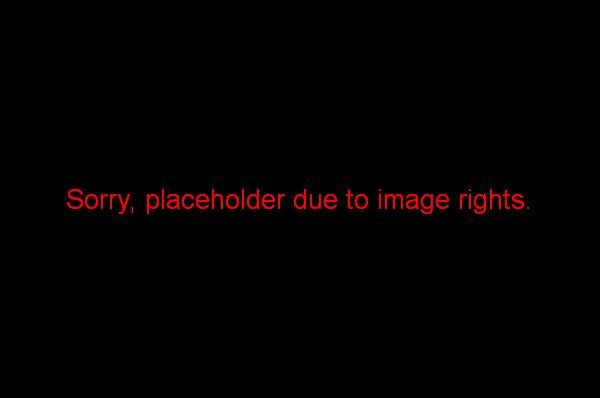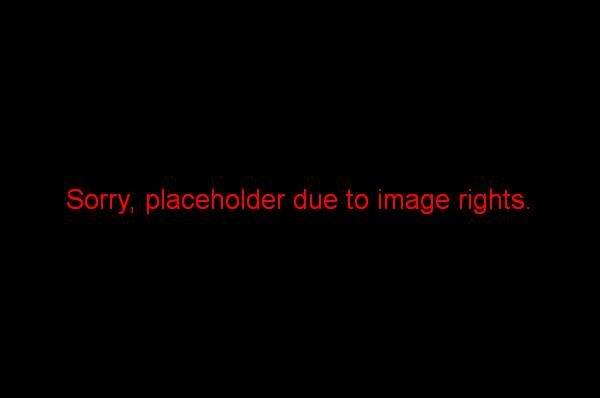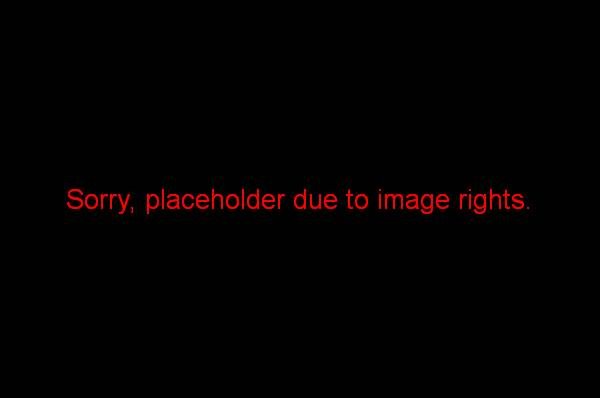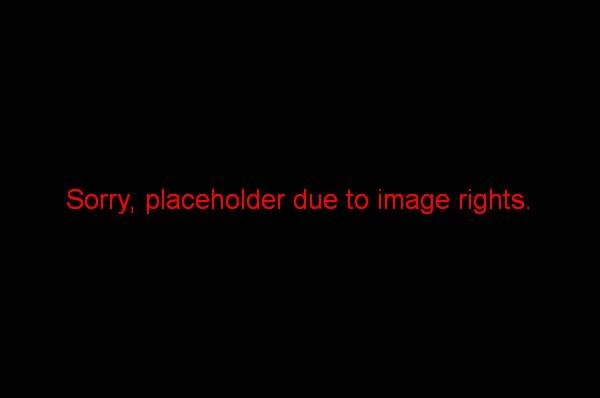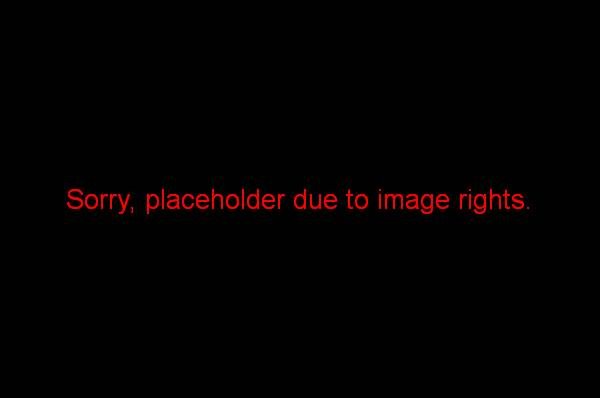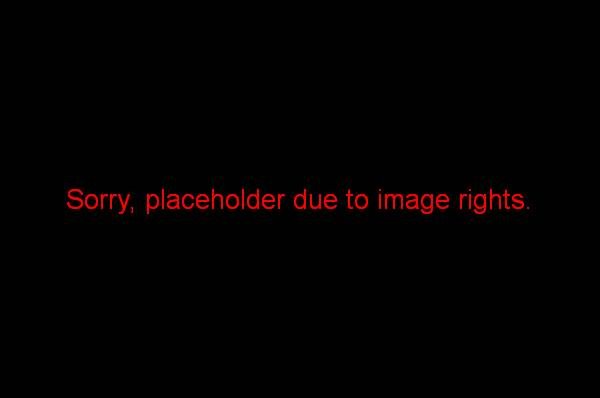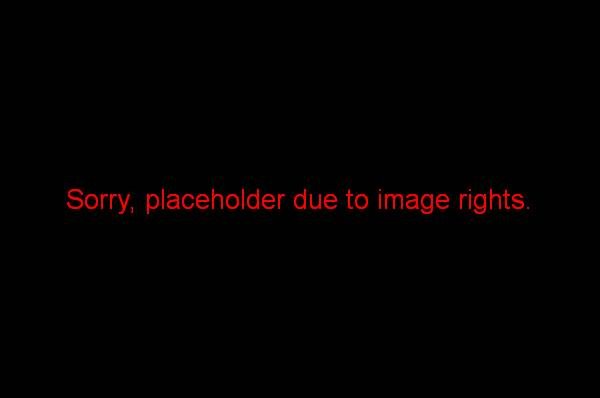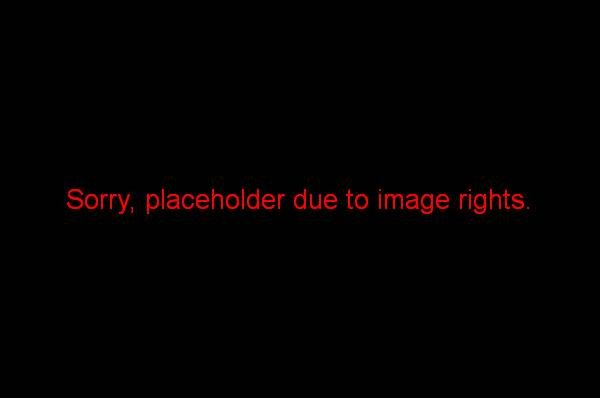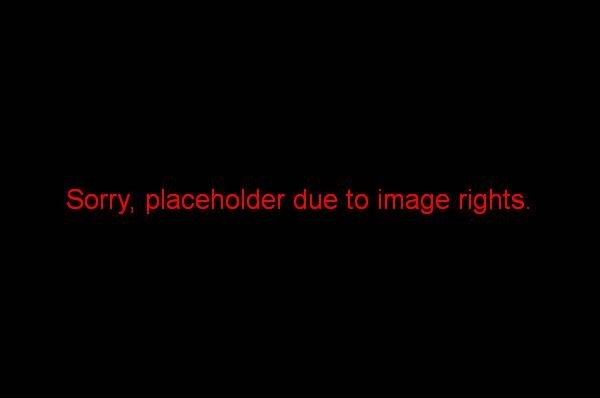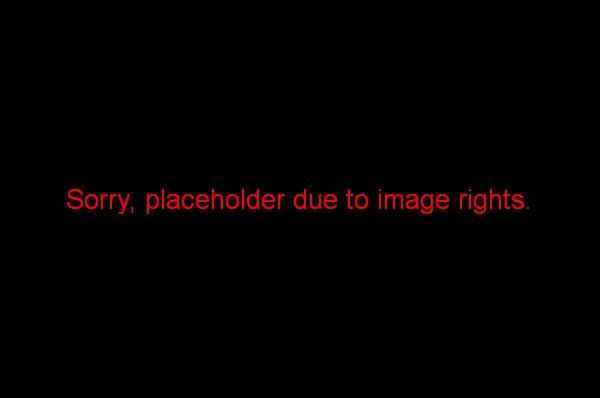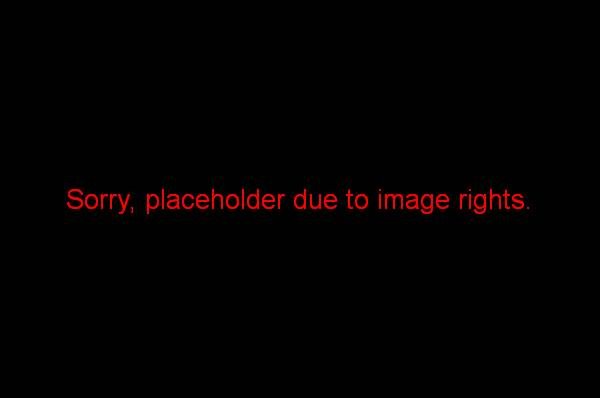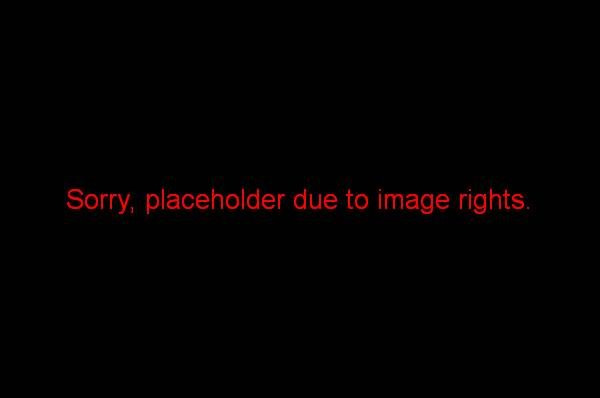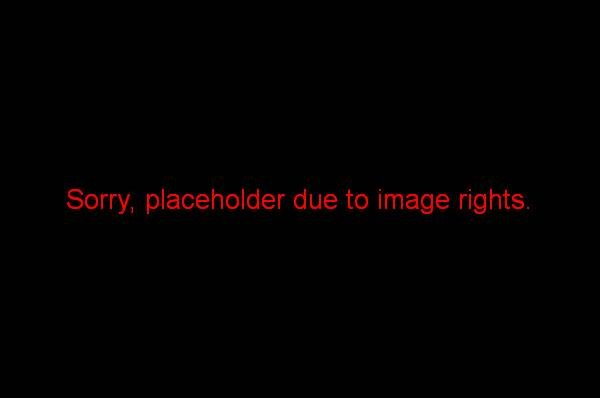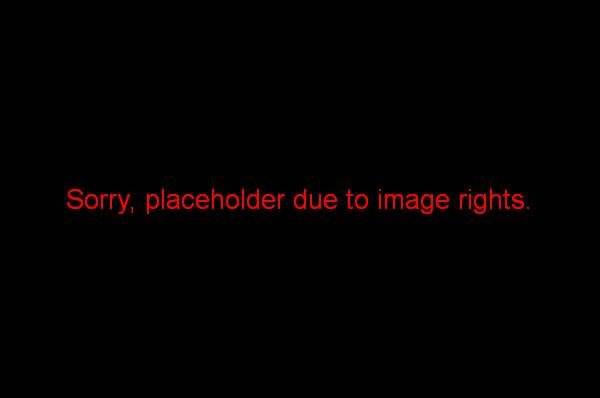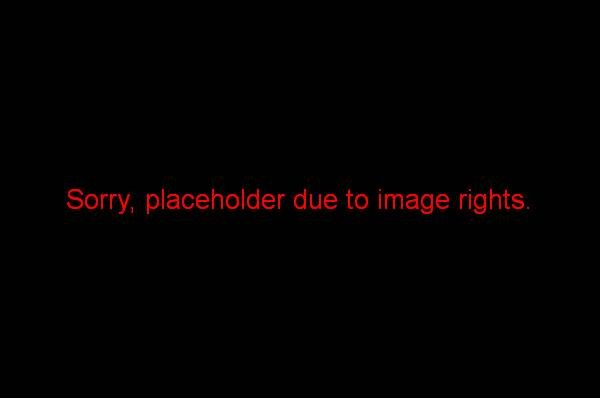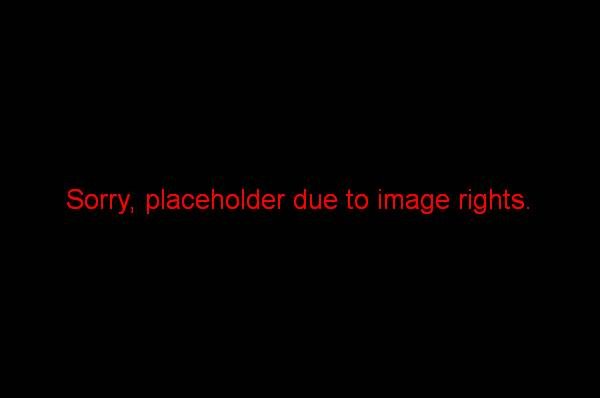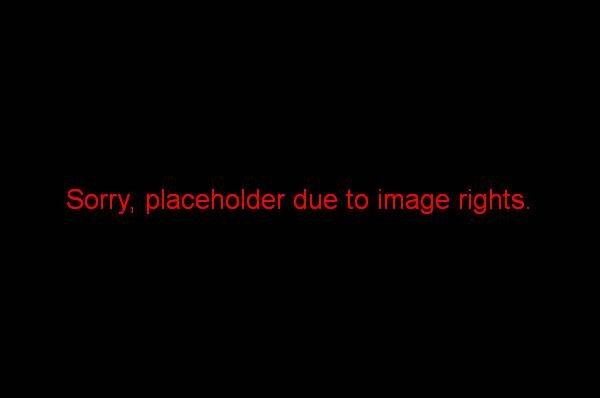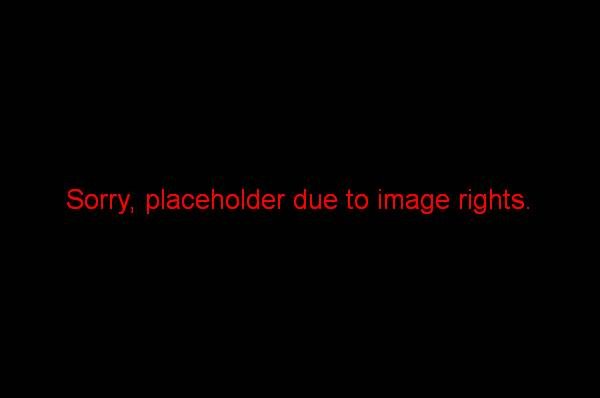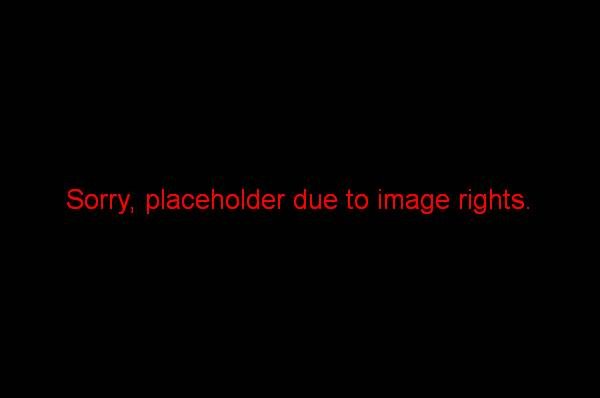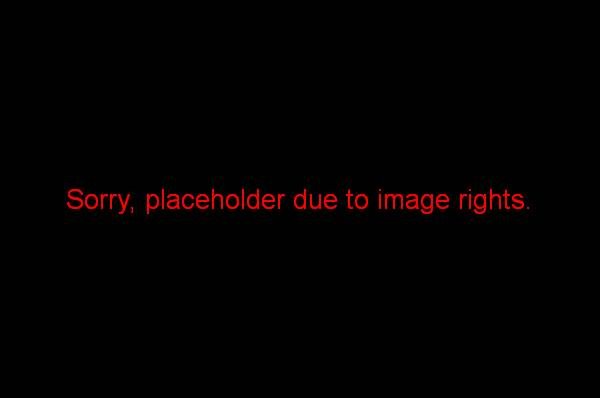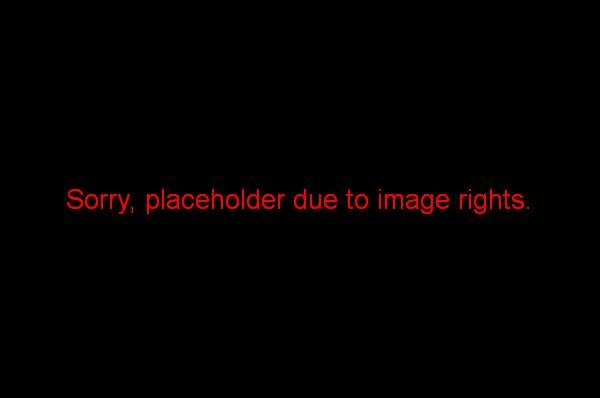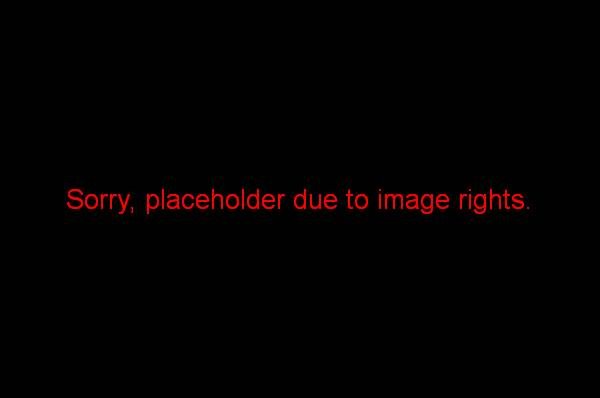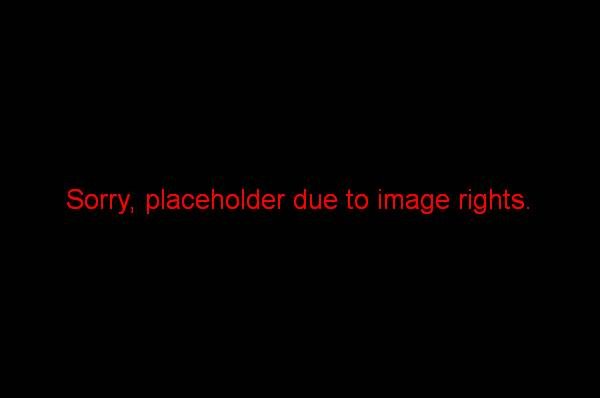Morocco , officially the Kingdom of Morocco, is a country located in North Africa. It has a population of nearly 32 million and an area of 710.850 km²,
including the disputed Western Sahara which is mainly under Moroccan administration. Morocco has a coast on the Atlantic Ocean that reaches past the Strait of Gibraltar into the Mediterranean Sea. It is bordered by Spain to the north (a water border through the Strait and land borders with three small Spanish exclaves, Ceuta, Melilla, and Peñón de Vélez de la Gomera), Algeria to the east, and Mauritania to the south. Morocco is a de jure constitutional monarchy with an elected parliament. The King of Morocco holds vast executive powers, including dissolving parliament. Executive power is exercised by the government. Legislative power is vested in both the government and the two chambers of parliament, the Assembly of Representatives and the Assembly of Councillors. Parliamentary elections were held in Morocco on 7 September 2007, and were considered by observers as mostly free and fair; although voter turnout was estimated to be 37%, the lowest in Moroccan political history. See for the images................
The political capital is Rabat, and the largest city is Casablanca; other large cities includes Fes, Salé, Agadir, Marrakesh, Tangier, Meknes, Oujda and Tetouan. The history of Morocco spans over 12 centuries, and the country was first created by the Idrisid dynasty, whose origins are from Saudi Arabia, representing the first Islamic state in Africa autonomous from the Arab Empire. Under the Almoravid dynasty and the Almohad dynasty, Morocco dominated the Maghreb and Muslim Spain. The Reconquista ended Almohad rule in Iberia and many Muslims and Jews migrated to Morocco. Under the Saadi Dynasty, Morocco would consolidate power and fight off Portuguese and Ottoman invaders, as in the battle of Ksar el Kebir. The reign of Ahmad al-Mansur brought new wealth and prestige to the Sultanate, and an invasion of the Songhay Empire was initiated. However, managing the territories across the Sahara proved too difficult. After the death of al-Mansur the country was divided among his sons. In 1666 the sultanate was reunited by the Alaouite dynasty, who have since been the ruling house in Morocco. The organization of the state developed with Ismail Ibn Sharif. With his Black Guard he drove the English from Tangier (1684) and the Spanish from Larache (1689). The Alaouite dynasty distinguished itself in the 20th century by maintaining Moroccan independence while other states in the region succumbed to European interests.
In 1912, after the First Moroccan Crisis and the Agadir Crisis, the Treaty of Fez was signed, effectively dividing Morocco into a French and Spanish protectorate. In 1956, after 44 years of occupation Morocco regained indepedence from France as the Kingdom of Morocco. Morocco has a rich culture and civilization, which remained mainly indigenous throughout times and the Moroccan cuisine has long been considered as one of the most diversified cuisines in the world. The population is almost entirely Arab-Berber. Although Arabic is the majority language, modern studies show that the Arabization process in Morocco was mostly cultural. The Moroccans or Moroccan Arabs, are a largely homogenous group speaking Moroccan Arabic, although regional variation does occur. The Berber people in Morocco can be divided in three main groups with different dialects: the Riffians, the Chleuh and the Central Moroccan Amazigh. A large Jewish community lived in Morocco before the creation of Israel, numbering approximately 265,000 in 1948. Between 7,000 and 12,000 live there now, mostly in Casablanca, but also in Fes and other major cities. A call made by late king Hassan II to return to Morocco was not answered. Morocco is the world's third-largest producer of phosphorus and the price fluctuations of phosphates on the international market greatly influence Morocco's economy.





